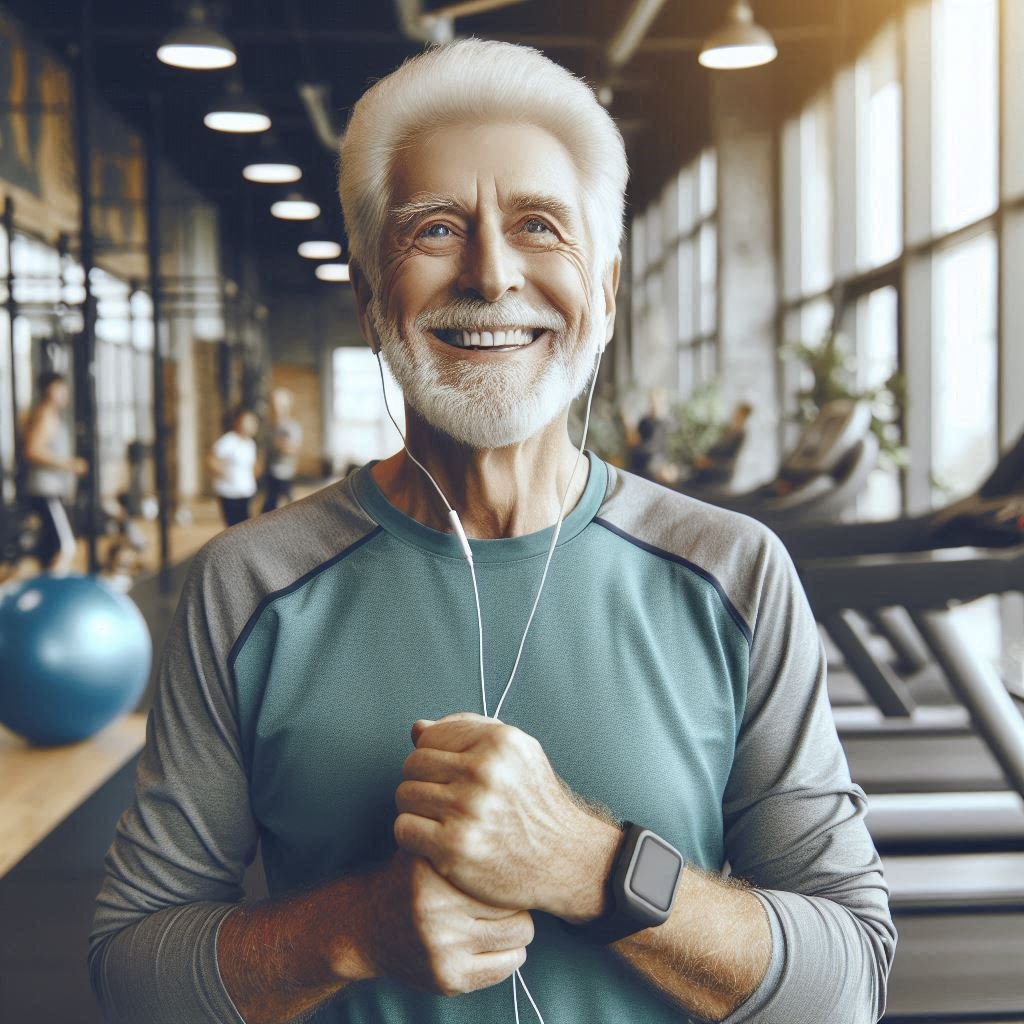
When it comes to exercising past the ages of 50 or 60, many people look at gyms, yoga studios, and health clubs with trepidation. Often, this reaction is a result of fear; fear of looking out of place, not knowing what to do or how to do it; price can also be a major consideration.
Unfortunately, this seems to be the time when many people seeking to improve their physical conditioning say the heck with it and just take a nap or watch a movie and eat another cookie.
Years ago, the options for these same somewhat determined would-be-over 50 exercisers were to workout at home. They would buy magazines on: physical fitness, books on aerobics, calorie counting, muscle building, running or yoga; then came exercise videos.
Today, there are daily fitness programs on cable. These programs cover the gamut of yoga, chair exercises, aerobics, aerobics with weights, and Pilates. The problem is you have to be ready to workout when the TV program airs, which may or may not fit your schedule.
Deciding what type of exercise program is right for you is often a daunting task for the un-initiated as well. For those who are too over-weight and out-of-shape to begin with, running is probably out of the question. Bicycling may be difficult as well.
One smart alternative to get started is to purchase a generic, aerobic chair or seated exercise video. This will allow the newbie to break-in slowly, stay motivated, and progress at their own speed.
Seated exercises are a great way to add aerobic conditioning to your daily routine, avoid damage to any joints, increase your metabolism to lose weight and accomplish the rest of your daily tasks with renewed energy.
Many of these videos will offer beginner, intermediate and advanced programs to allow for steady progress to greater fitness.
To get started:
· Check with your physician before beginning any exercise program.
· Start out slowly at a pace you can repeat several days a week.
· Steadily increase your participation from one or two days a week, to three and ultimately four. Resting in-between workout days.
· If something hurts, either don’t do it or do it slower, or easier and allow your body to become accustomed to the new demands you’re placing on it.
· Drink enough of water to replace what you lose sweating and to flush-out toxins. This is a wonderful way to detoxify the body, burn calories and gain strength and energy all at the same time.
· Eat a sensible diet, reducing calories and you will see quick results.
Re-evaluate your progress every 30 days so you don’t settle into a comfortable routine; the body needs to be challenged to improve.
Once you can complete an exercise program with ease, celebrate your accomplishment and move up to the next level. This could include: standing or step aerobics, cycling, swimming, jogging, weight lifting, etc.
The most important things are: to start, be kind with yourself, if you find the exercises difficult to perform, don’t be discouraged, be encouraged and proud that your have taken the first step at improving your life. Be persistent, consistent and brave.
Keith Edwin Renninson is co-owner, along with Jeffrey Forman, of Golden Years Videos, LLC a production company dedicated to filming exercise videos for anyone over 50 or those of any age rehabilitating from an accident or illness.
Renninson is an avid exercise enthusiast. Now in his late 50’s, he still races bicycles in the Cat 4 55+ class and regularly skis the black diamond runs in Colorado where he lives. For many years a bona fide gym rat, Renninson loves to lift free weights and use exercise machines.
You can contact Renninson or read more about his company and their videos at: [http://www.goldenyearsvideos.com]




